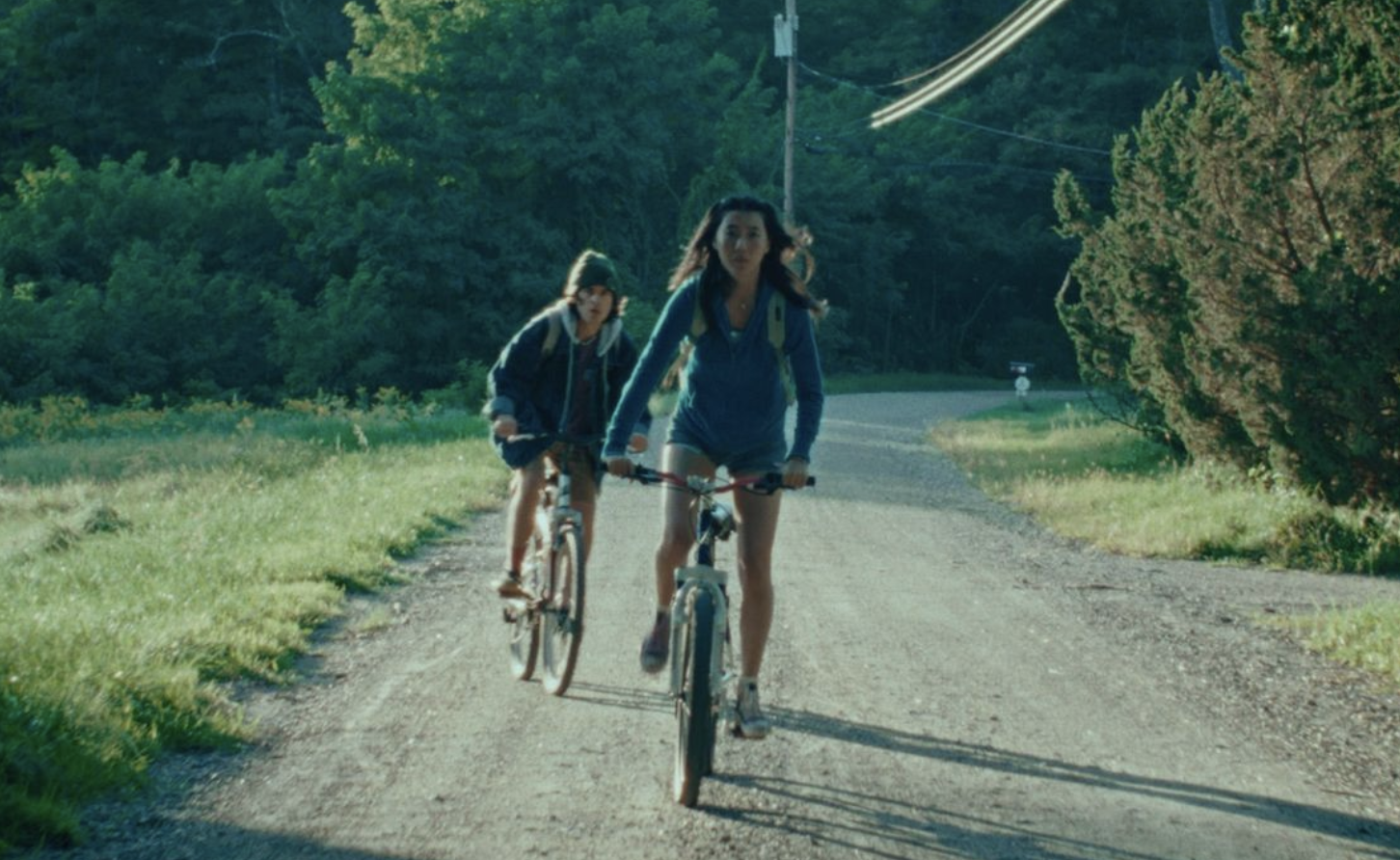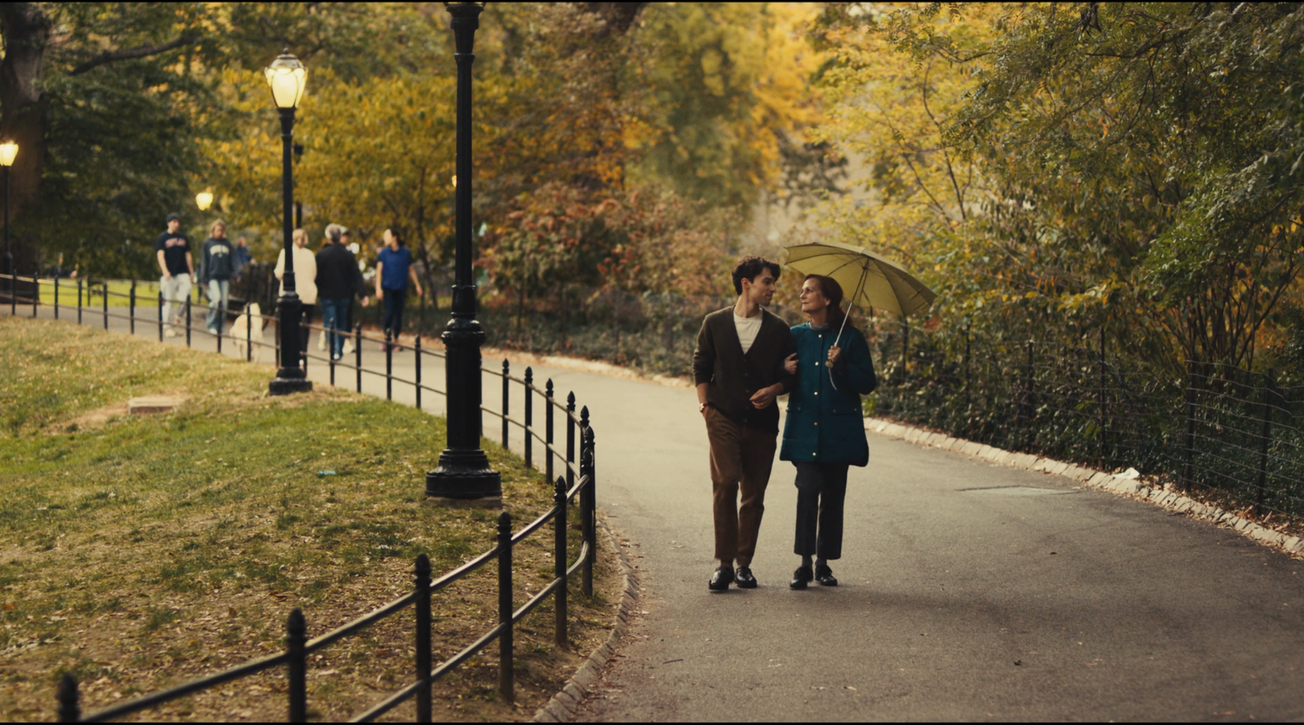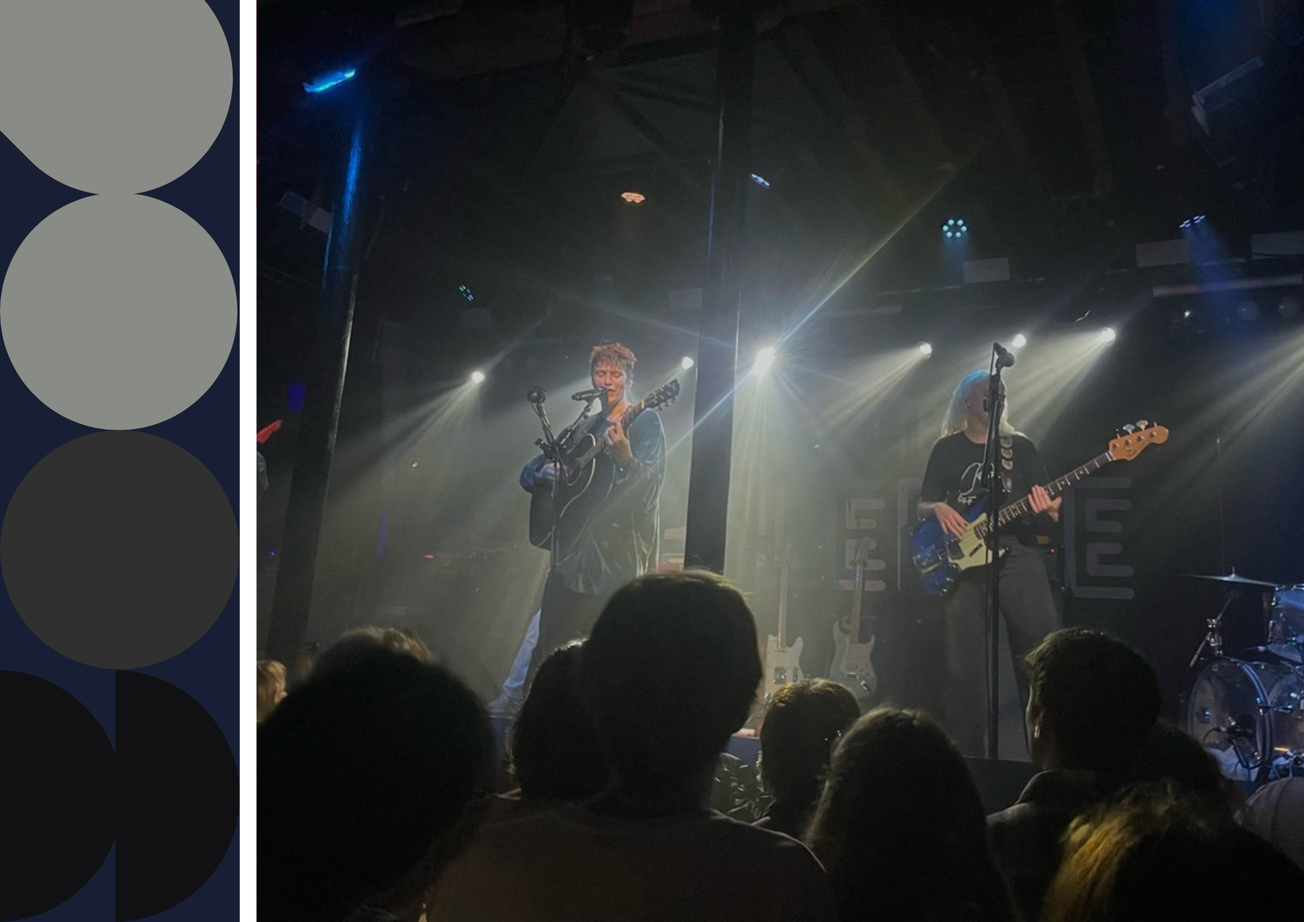By Anika Sharma, Third Year, BA History
The three hour and thirty-minute showtime combined with a synopsis describing the film as an architect entering America for the first time, might lead one to think that this film lacks originality and is drenched in clichés. But with the unease, tension, anger and hope we feel with the incredible László Tóth (Adrien Brody), it would be a huge disservice to describe this film as inauthentic.
Brady Corbet’s excellent illustration of the struggle for an unsatisfying, capitalist American Dream allows us to reflect on the parallels between post-WW2 and present-day America. The myriads of symbols and consistent play on power dynamics throughout the film certainly justify the ten Academy Award nominations The Brutalist has received. So yes, I promise it is more than Adrien Brody’s AI-generated Hungarian.
Brady Corbet uses Erzsébet Tóth’s (Felicity Jones) letters as a way to frame the situation for both her, her niece Zsófia (Raffey Cassidy) and László Tóth, her husband whom she is writing to. Surviving WW2 as Jewish people in Hungary, Erzsébet and László's separation results in complications leading to László residing independently in America. Attila (Alessandro Nivola), László’s cousin, grants him a job in his furniture store in Philadelphia, along with a storage room and a mattress. Although it is clear that Attila has sought kindness towards László, this sense of security feels disingenuous for us.
Even though The Brutalist begins on foreign land for László, this constant feeling of displacement lies at the heart of this film. We see, arguably, the most symbolic relationship between László and his boss, Harrison Lee Van Buren Sr. (Guy Pearce). Initially, Harrison’s hatred towards László’s renovation of Harrison’s library almost immediately uncovers the power imbalance between the immigrant and the wealthy American property-owner. But as Harrison receives attention and praise for this Brutalist-esque design in his library, he is willing to not only pay László, but also bribe him with a stable home and connections to a lawyer who will reunite him with his wife and niece.
Guy Pearce made the character of Harrison feel incredibly well-suited, as the cunning facial expressions and smirks towards his new Jewish friend, László, feigns sincerity in the best way possible. Corbet uses Harrison as a symbol of the American dream; yet we see this 'dream' through László’s distorted, unfiltered eyes, revealing an almost ridiculous, dystopian version of America. The library, for example, sparks outrage from Harrison as László and his cousin renovate it without his permission. However, when it gains popularity in the papers, Harrison is quick to showcase this architectural beauty to his wealthy friends. Perhaps the irony lies in Harrison using this library merely as a place for his barber to shave his beard.
What constantly reminds us of Harrison’s patriotic tie is more on the power dynamics between him and László. Harrison takes László under his wing, using László to boost his own ego. It is satirical how Harrison comments, on multiple occasions, on his conversations with László being ‘intellectually stimulating’ as the camera pans to the life Harrison is used to: gambling, cigars and madeira wine.
Filmed on 35mm film, using VistaVision–a process commonly used by the well-acclaimed director Alfred Hitchcock in his own films–The Brutalist draws us back to 1950s America. This technique presented a whole shot of the buildings created by László, allowing us to appreciate the concrete construction in its entirety. It was also a great way to showcase the relationship between László and Erzsébet; the intimacy and warmth is mixed with bright, floral colours, whilst moments of tension are emphasised as the grey consumes not only their outfits but also the background and lighting.
Although this way of filming was applauded for its nostalgic look, there has been an uproar concerning its use of artificial intelligence (AI) in parts of the film. While AI has been used to authenticate the Hungarian language for both Brody and Jones, as well as showcase the buildings László built at the end of The Brutalist, it is questionable whether this overrides the excellence of this film. AI had been used to correct Brody and Jones’ certain mispronunciations in vowels when speaking Hungarian. Furthermore, only the finished buildings that László had designed were AI-generated from drawings and shown for a few minutes at the end of the film. This does not diminish Brody and Jones’ portrayal of their characters, as well as the progress of Brutalist architecture in the film.
With the contentious issue of immigration permeating our society, The Brutalist excellently resonates with the isolation many immigrants in America feel today. As class struggles and the inability to be seen as anything but an outsider remains a problem over 50 years later, Corbet uses László as a way to illustrate the brutality (pun intended) towards immigrants, all perfectly encapsulated by Harrison's statement: ‘if you resent yourself from your persecution, why do you make yourself an easy target?’
What are your thoughts on The Brutalist?









